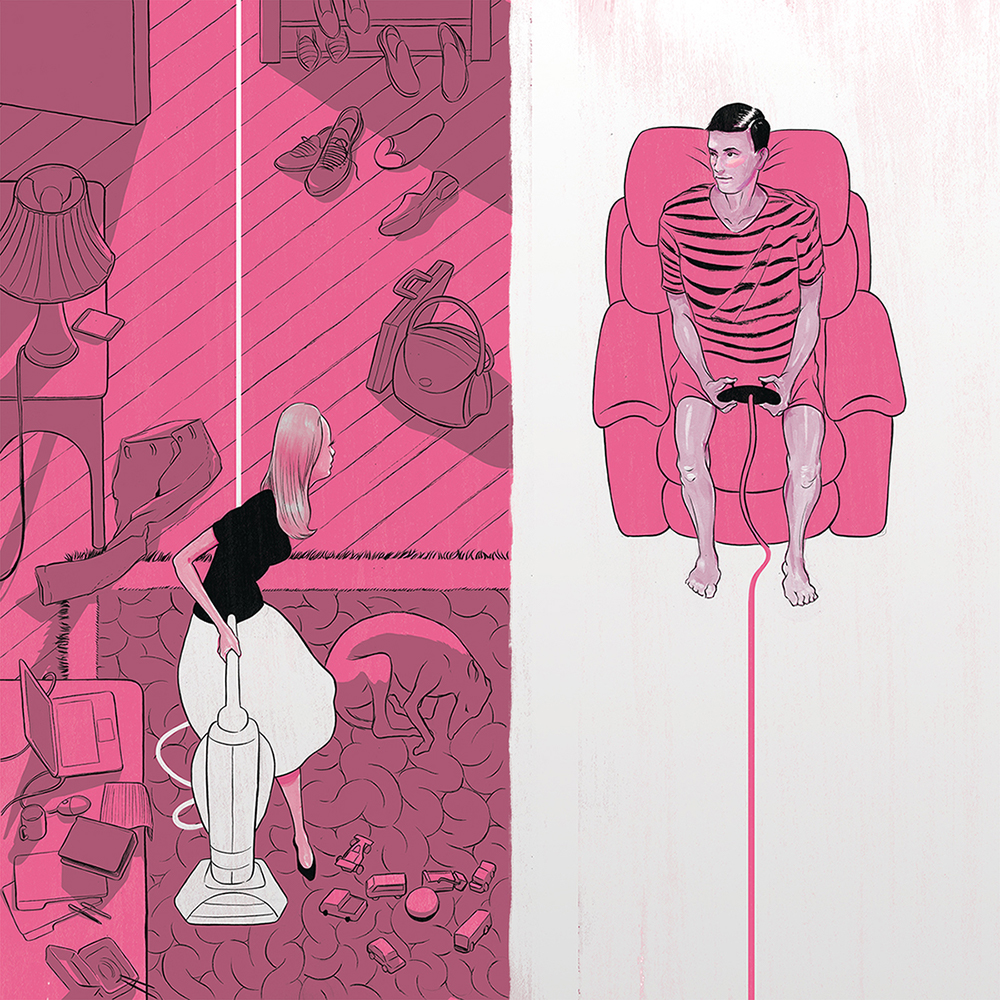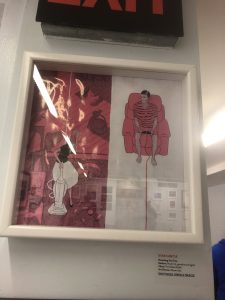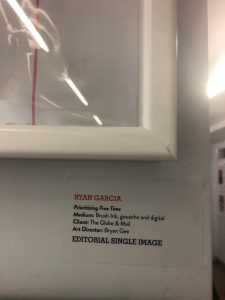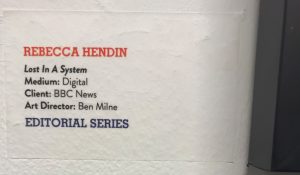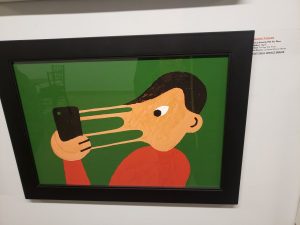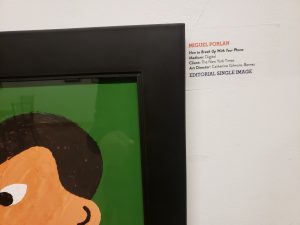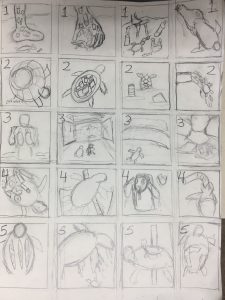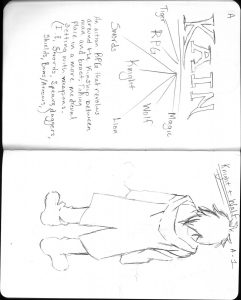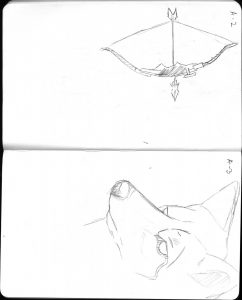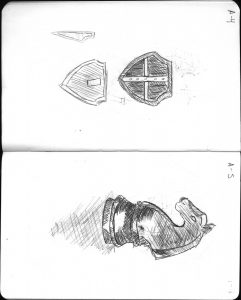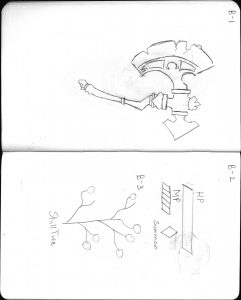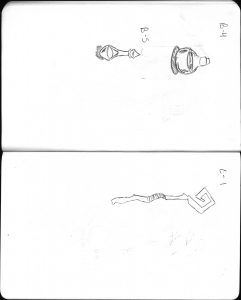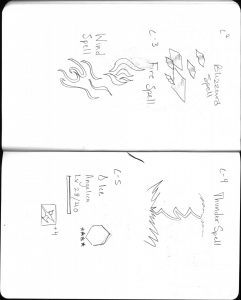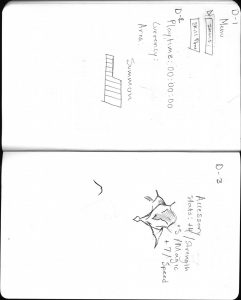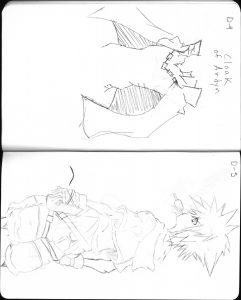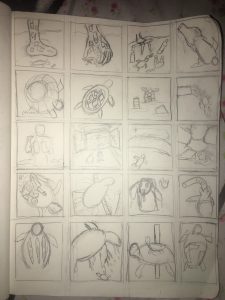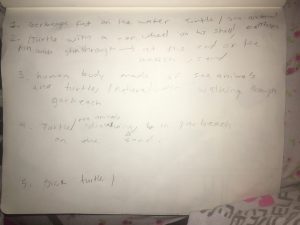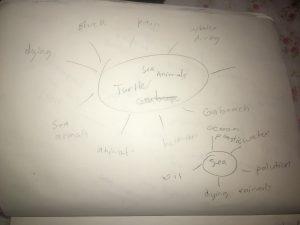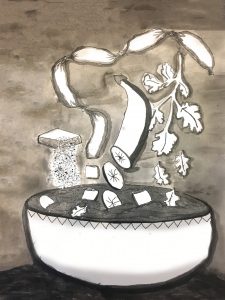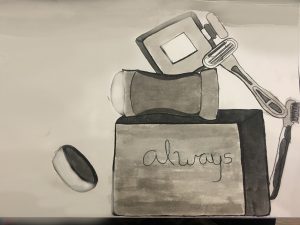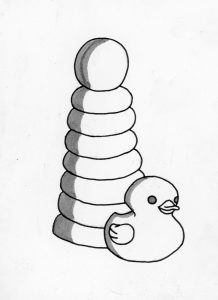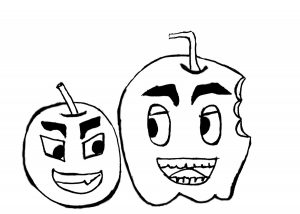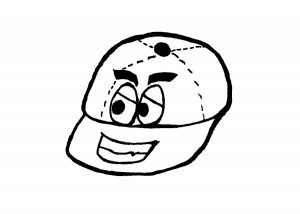Ryan Garcia’s PRIORITIZING FREE TIME is 4X4 size editorial single image using Digital, Ink, Gouache. Directed by Bryan Gee. The client is the Globe & Mail. It’s about Editorial illustration to accompany an article about the work/life balance many couples face in the 21st century.
Ryan Garcia is an editorial and commercial illustrator from Toronto, Canada. His work is best known for The New York Times, WIRED, Scientific American, and The Wall Street.
I found particularly interesting in Ryan Garcia’s PRIORITIZING FREE TIME because I think it’s very easy to make the connection with our-self in this drawing. When I see this drawing it makes me think of gender role and gender stereotypes in this society. In the old days, women can’t have a job, and they had no rights,they can only rely on men at home (father and brothers). After marriage, they depended on their husbands for the living. They could only be full-time wives. In nowadays, women have to have the ability to effectively manage a household while juggling a demanding career. It becomes a new problem for a couple or family to face and it’s hard to balance the workload with men at home.
The color of using most pink and white strick me as very interesting. I’m curious about why did the artist using pink and white in the drawing instead of another color, like blue or purple. And why does the background on the women is pink and it’s not on her, and the mare is wearing pink and the black ground is white. Does it related to gender stereotypes?

